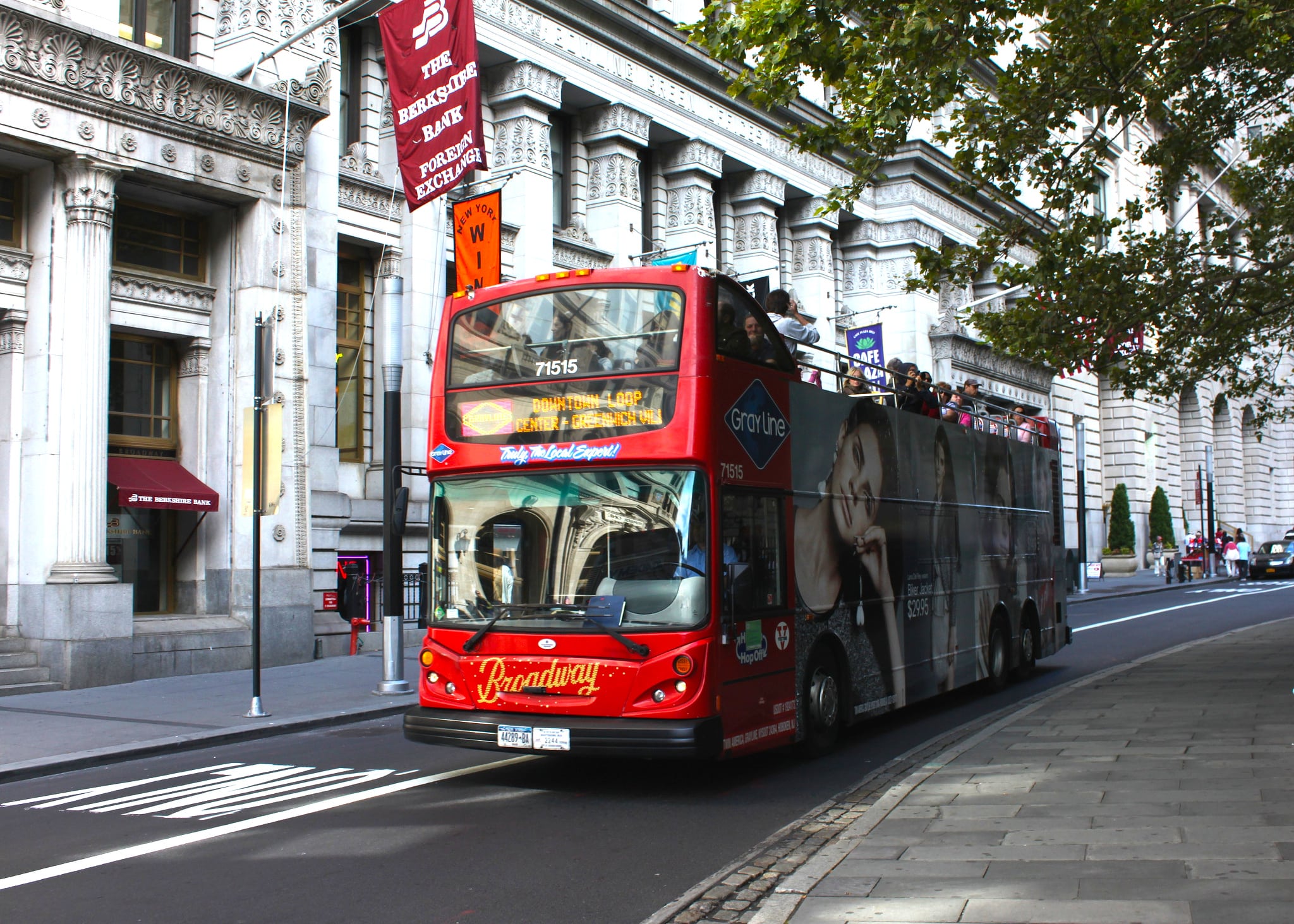Skift Take
The tours and activities sector is at the very start of its inevitable transition to a mobile-first industry with last-minute in-person sales being replaced by mobile bookings. Although the change has the opportunity to widen operators’ margins, they’ll need to work internally to make sure their options are available and open on a yet-to-emerge leader in the booking space.
Editor’s note: Skift is two years old this week, and we’re rolling out five days of special travel industry coverage. This is just one of a series you can find in full here.
There is a swirl of investment and acquisition interest in the online tours and activity market right now, from TripAdvisor's $200 million acquisition of Viator to GetYourGuide's $25 million Series B round.
Despite the activity, our conversations with operators and third-party sellers demonstrate that the actual business of getting tourists on tours, buses, and boats remains relatively unchanged.
While airlines started making their booking and inventory options available online through a variety of outlets more than a decade ago, the tours and activity market is still full of mom-and-pop shops that use fax machines and notebooks to keep track of inventory and customers. Even major tour operators working with booking giants such as Expedia send product via Excel sheets.
We looked tours and activities in the New York City market specifically and found a few major sales channels: direct sales via operator websites and on-site purchases, street sellers, and third-party sales via concierge desks, travel agents and aggregator websites.
Where and when tourists buy changes based on the activity and the time of year, although it's evid


